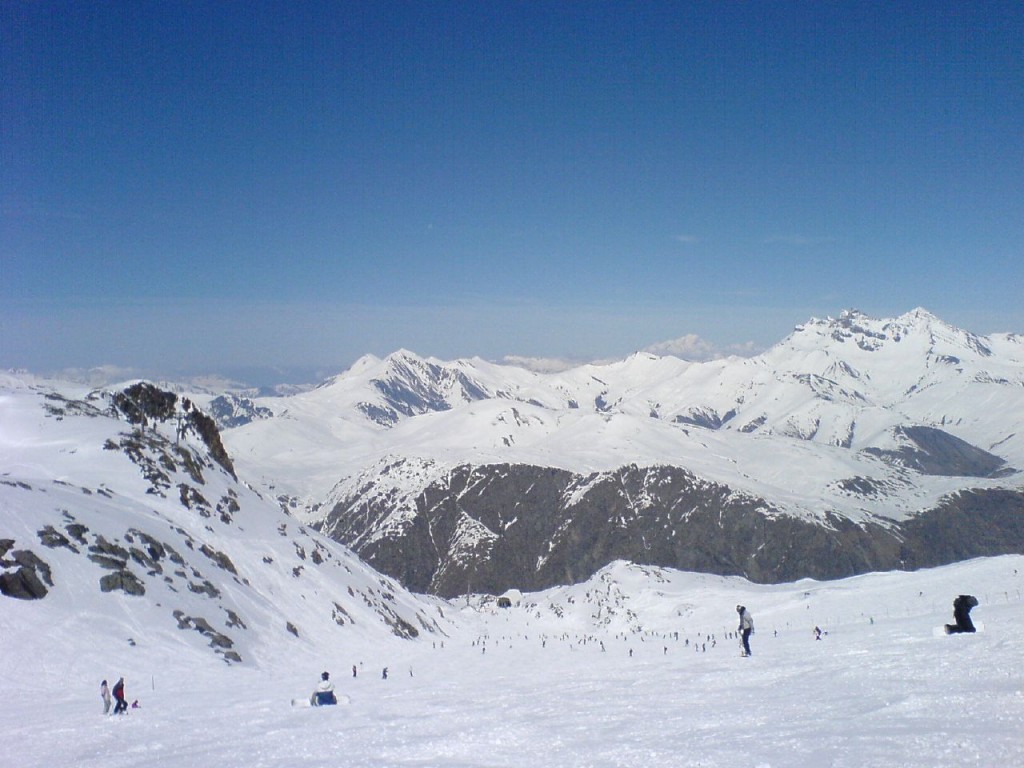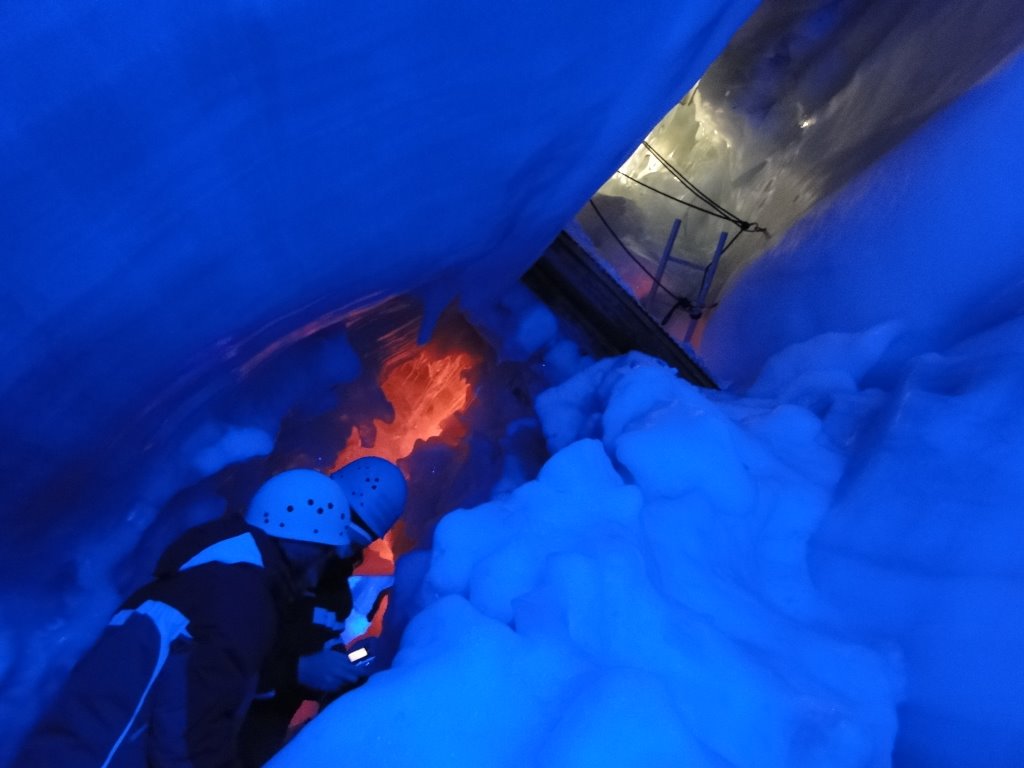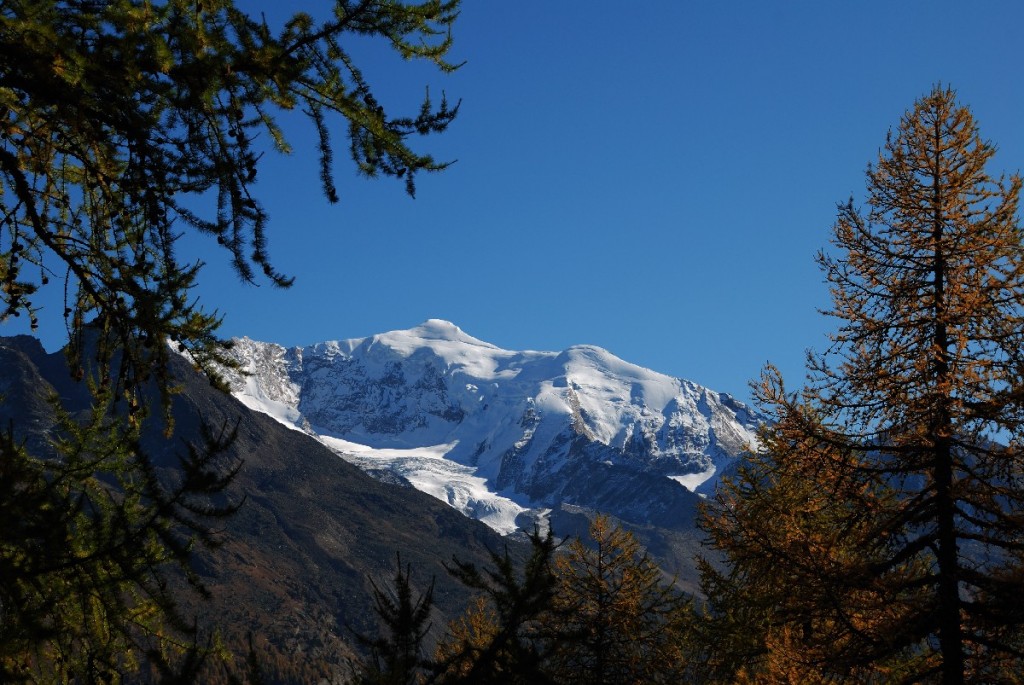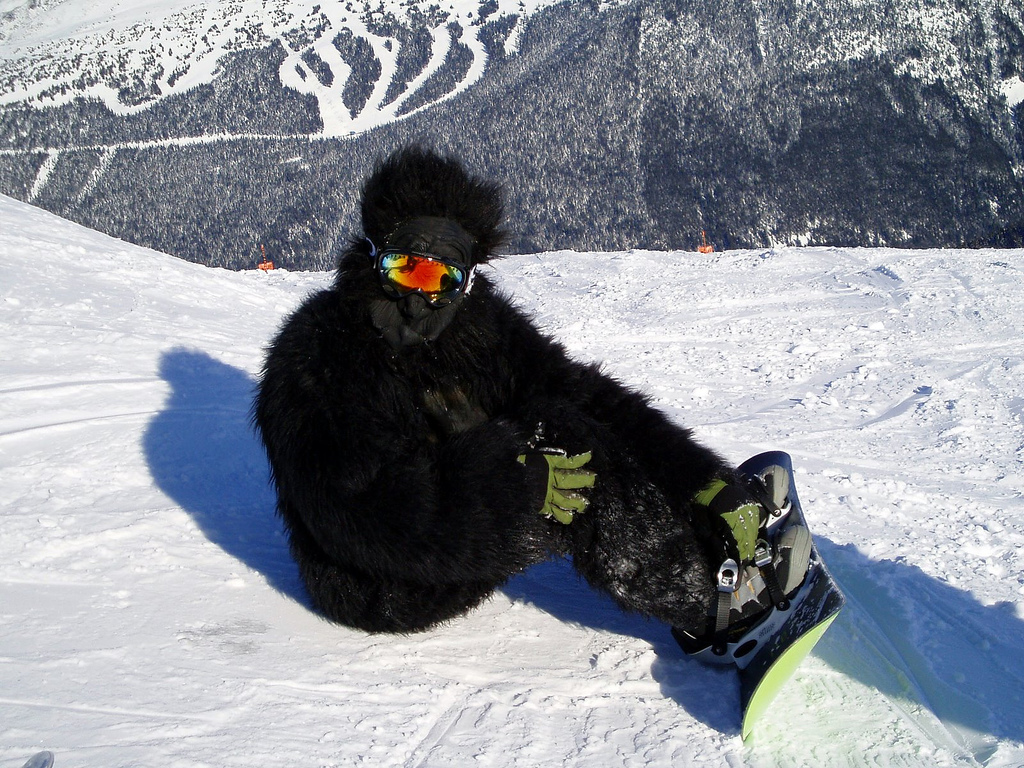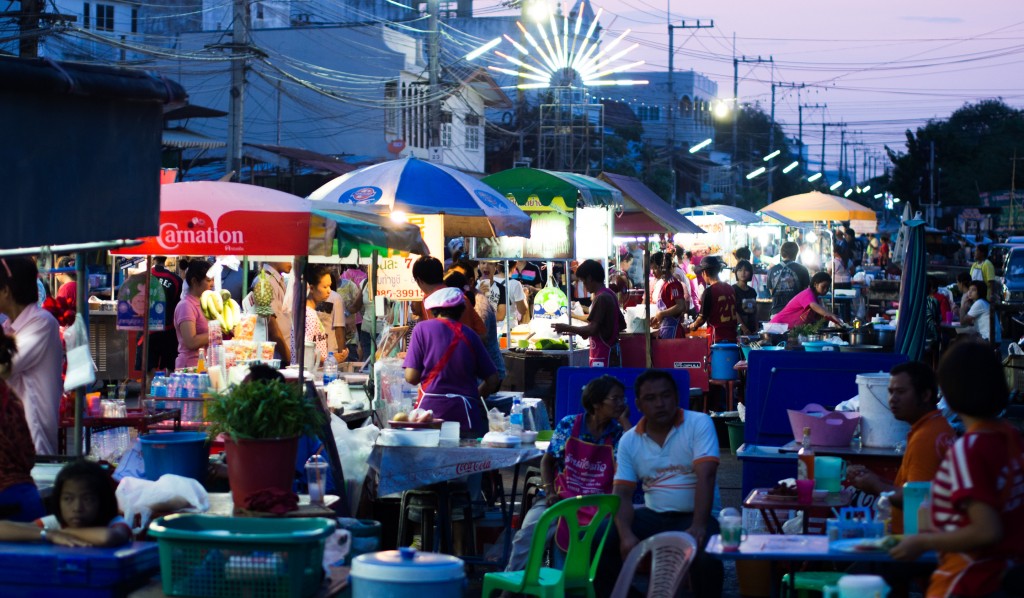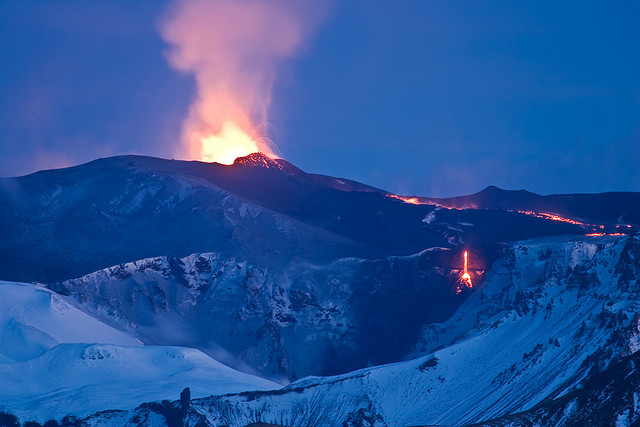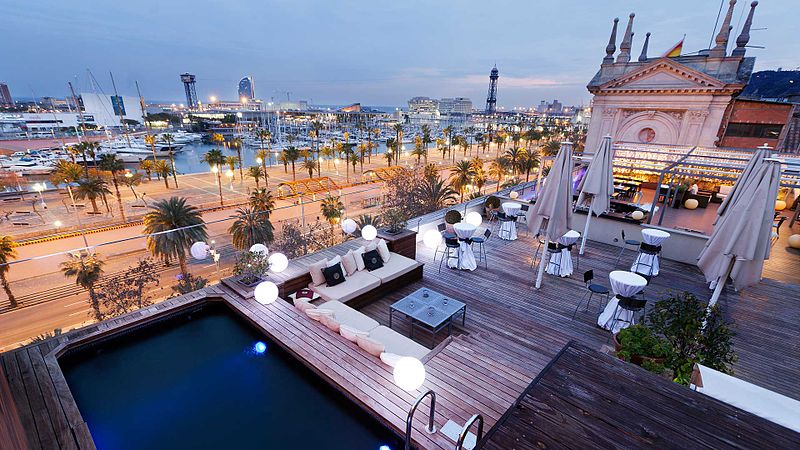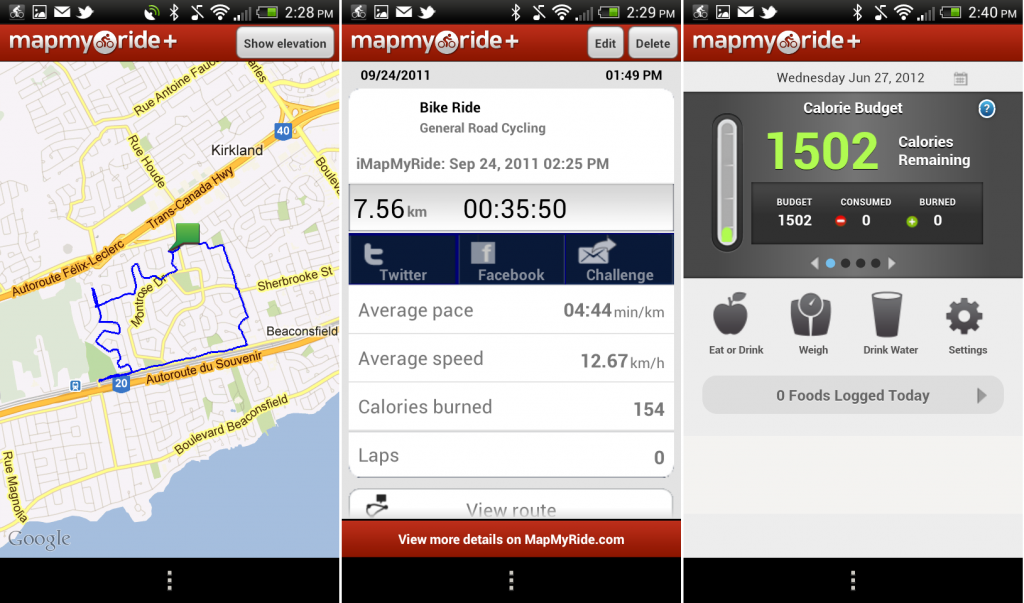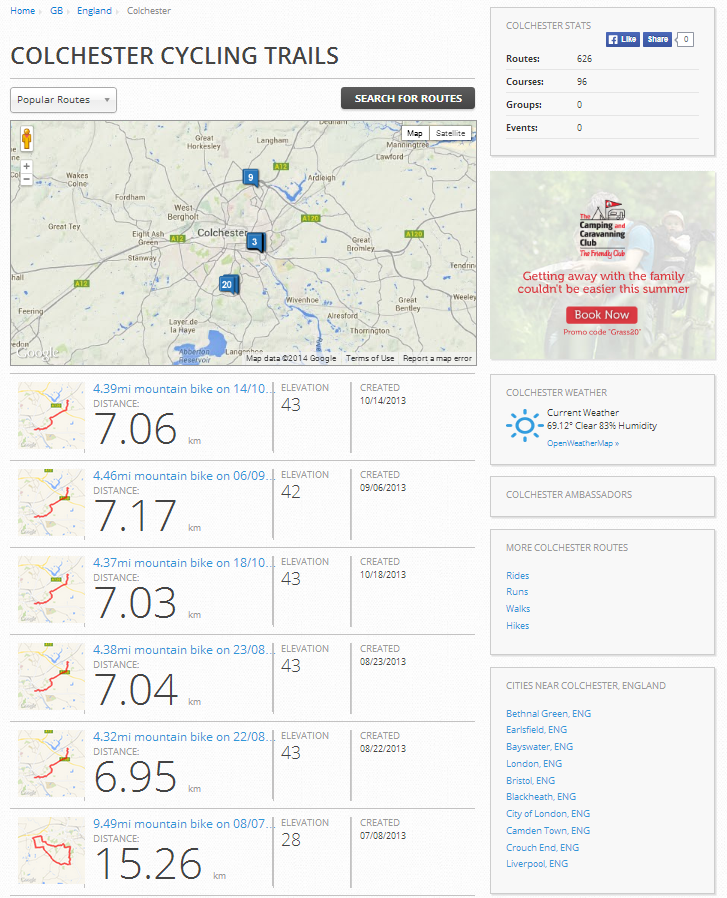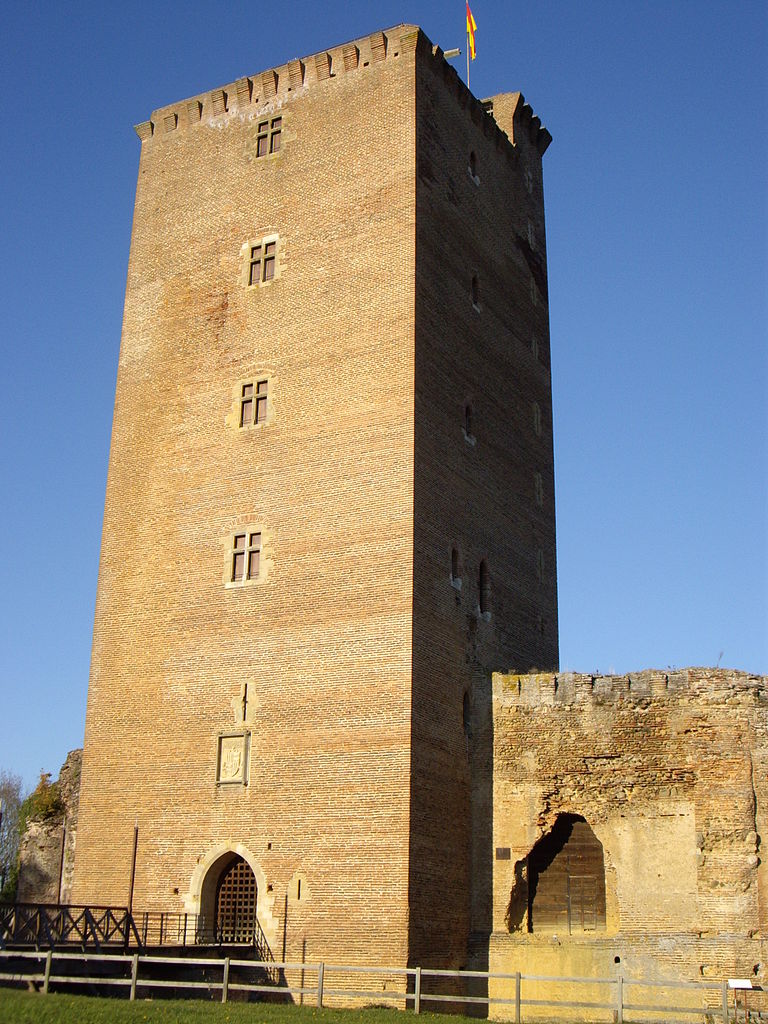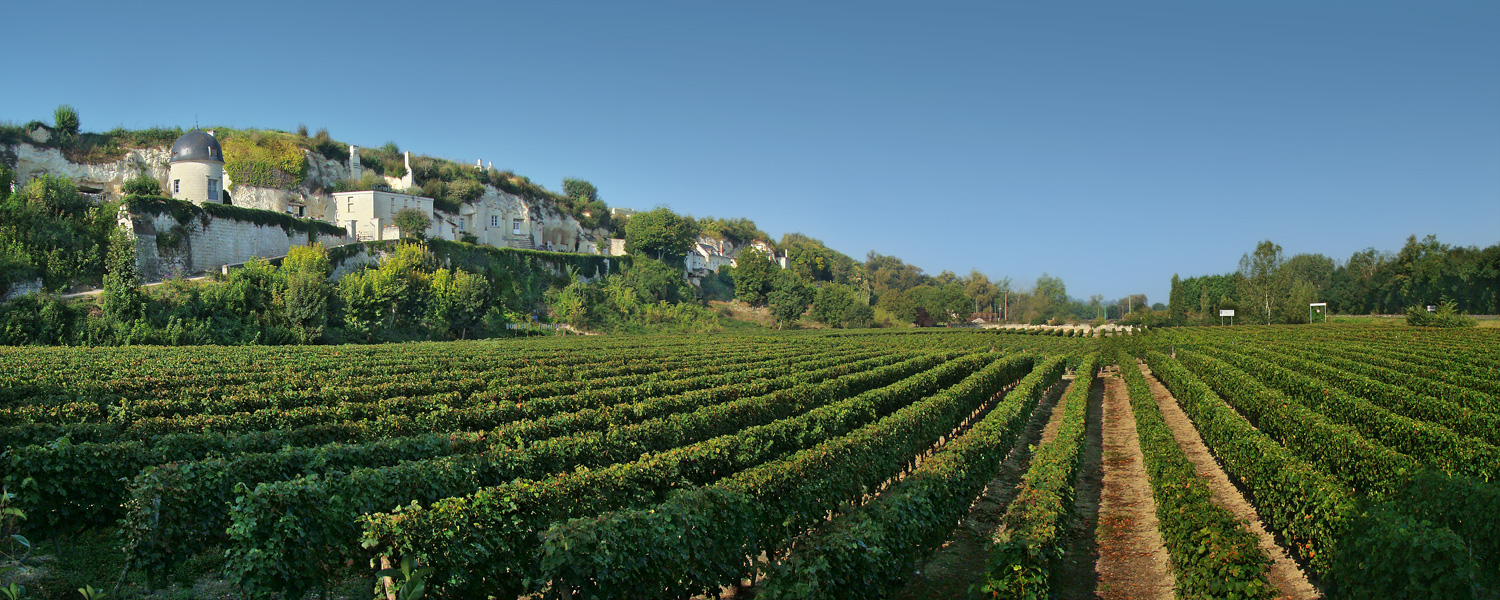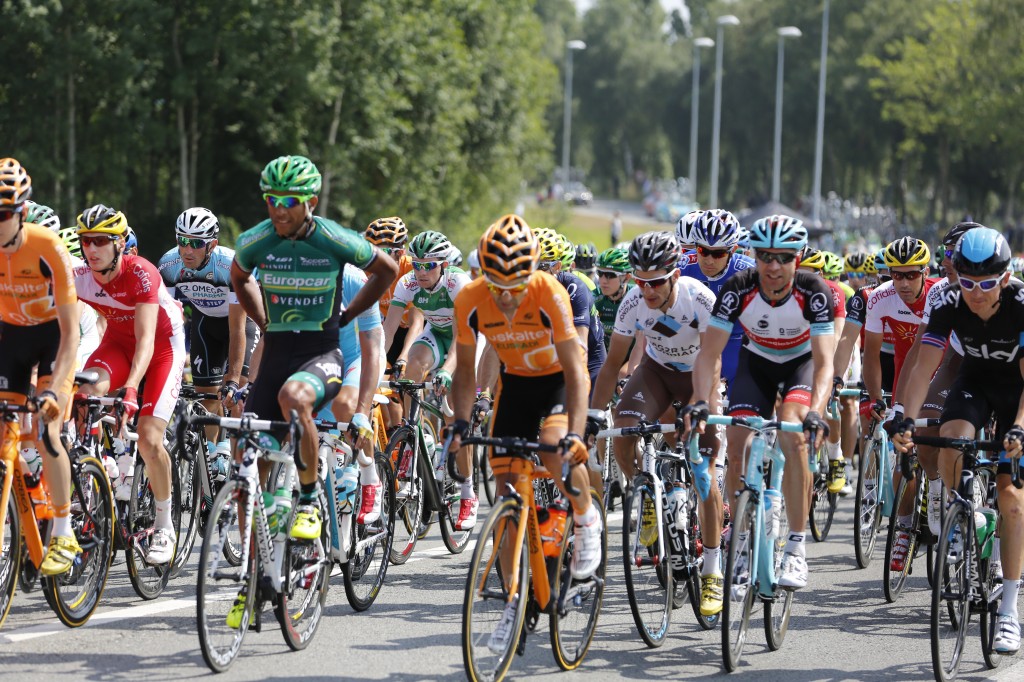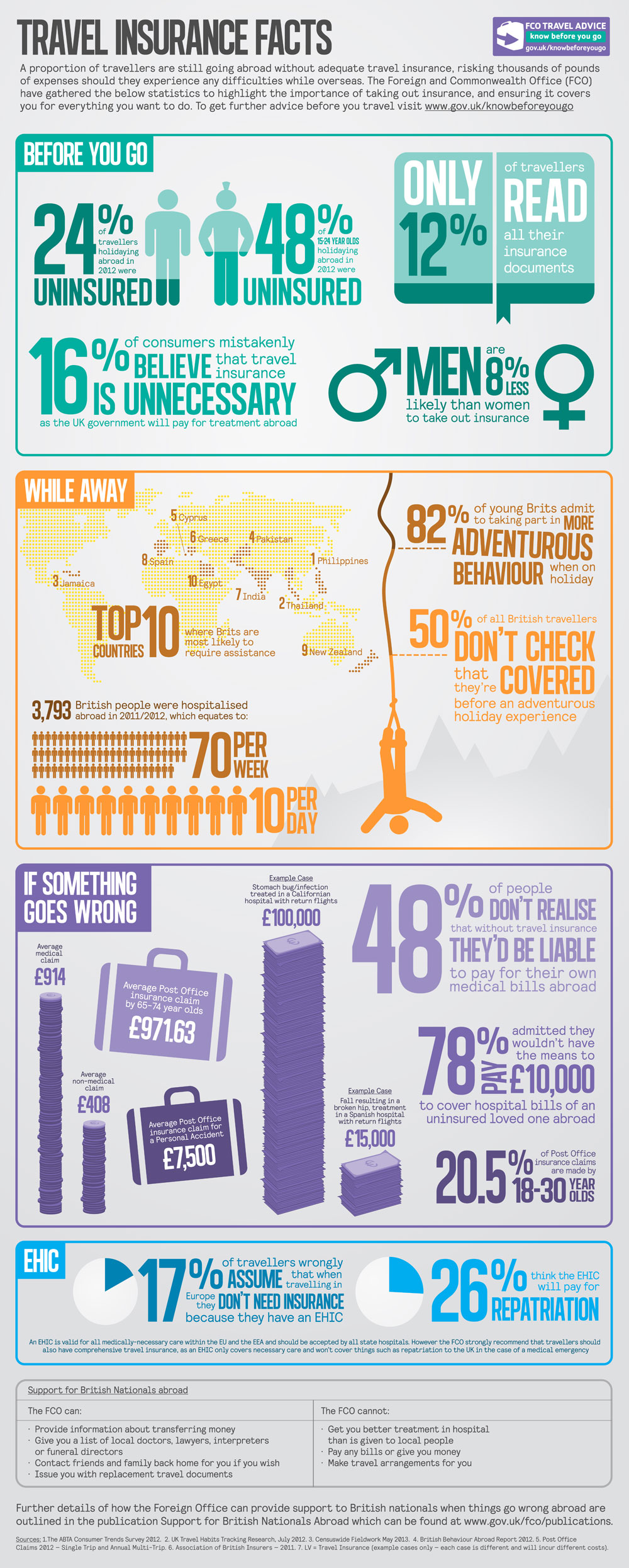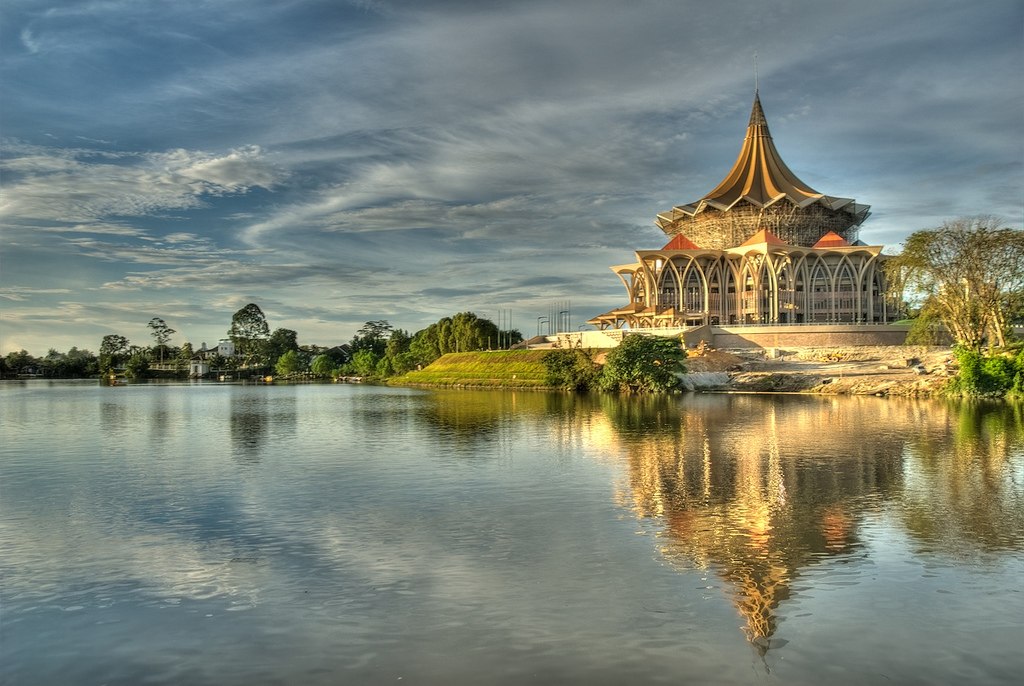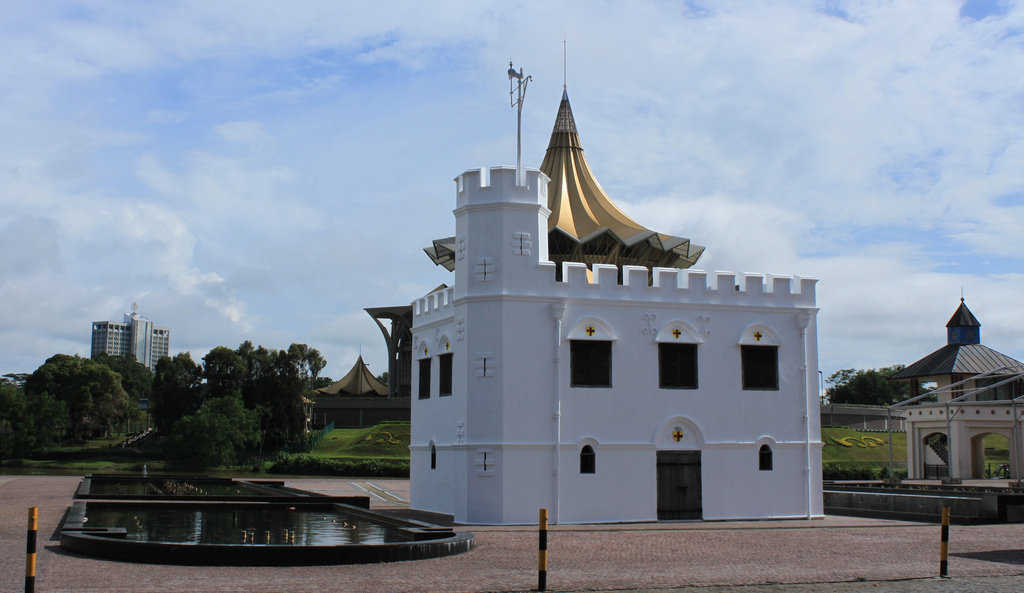Being vegetarian shouldn’t limit where you can travel, but some countries are especially tough to be in for the strict meat-avoider. However, even the most meat-loving of nations can accommodate your dietary requirements – usually. Here are five of the hardest places for a vegetarian to fill his or her belly – along with tips on what you can do to secure a nourishing flesh-free feed.
Argentina
In few other nations will you receive such looks of incredulity when you ask for the vegetarian option: indeed, in Argentina, that option may be the exit.
But it’s no surprise that veggies hardly get a look in here – this South American country is meat-central, where the average resident consumes around 70kg of the stuff per annum. But if you’re a meat lover, you may just have found your heaven. Settle down in a parilla (grill house) then prepare to drizzle chimichurri (olive oil with garlic and parsley) over your carne de vaca (beef) – and watch the hungry vegetarians tapping at the window outside.
Veggie Life Saver:
In Buenos Aires you’ll find a find a number of excellent vegetarian restaurants. In fact they’re so good in the capital, and so rare outside the city limits, that you may question the sense in leaving B.A. at all. Although given the wild beauty of regions like Patagonia, that would be a shame.
Central Asia
The wandering veggie may find themselves in real trouble in Central Asia. Whatever dish you come across, it will invariably feature horse or mutton, and if it appears to be only vegetables, it will have been cooked with horse or mutton fat. In Kazakhstan you may be presented with manti (steamed meat dumplings), in Kyrgyzstan you may be offered besh barmak (horsemeat and noodles), and pretty much everywhere in the region you’ll smell lagman (noodles in meat broth) steaming away. For vegans the options are: go back to the airport, or waste away; because if it isn’t meat, it’s dairy.
Veggie Life Saver:
None.
Germany
While certainly not the Anti-Veg that is Central Asia, Germany does appear at first glance to be a forest of sausages; 1,500 types of them in fact. Meat is everywhere, and, perhaps unlike Central Asia, it smells and tastes rather delicious. That is of course, unless you’re veggie. And when you do track down a ‘meat free’ option, you may find it features chicken stock or even pork. Many German chefs appear to think that vegetarians only omit beef from their diets!
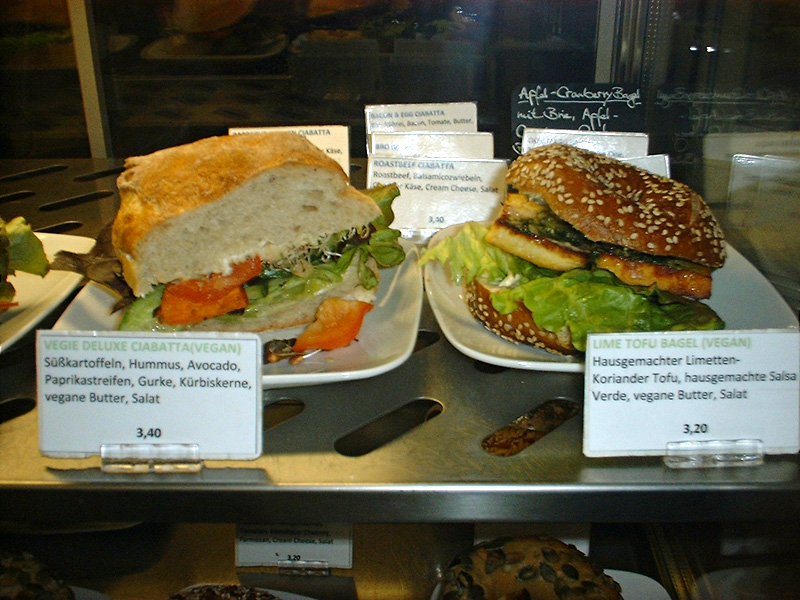
Veggie Goodies – Berlin
Veggie Life Saver:
It’s tough keeping out the meat in the Bundesrepublik, but there are some wonderful vegetarian options in that bohemian mecca, Berlin. And many German towns boast Indian restaurants – always a safe bet for food without a face.
Philippines
Feel your heart sink when you your Filipino waiter translates the items on the menu: tapa (cured beef), adobo (chicken/pork in garlic and vinegar), mechado (beef in tomato sauce), kalderata (meat and tomato sauce stew), puchero (beef with bananas in tomato sauce), kare-kare (oxtail, vegetables, peanut sauce)…the list goes on. But at least if you do ask for a vegetarian option, you’ll find most Filipinos will be able to understand and reply “No, sorry Sir/Madam” in perfect English.
Veggie Life Saver:
You can ask for dishes such as pinakbet (kabocha squash, beans, eggplant, okra, and tomato stew with shrimp paste) without the seafood additive. Pancit – a type of noodle – may also be available without meat. But if you’re in a hurry, you’re only option may be french fries from one of the many fast food outlets found across the Philippines!
Portugal
It is no surprise that this proud seafaring nation is rather fond of seafood, making it a tough place for the strict ‘ovo-lacto’ type of vegetarian (eggs and dairy ok, meat and fish not). But the Portuguese also love their meat; here you’ll find all manner of cooked and cured delicacies that once moved on four legs. Even vegetables tend to be cooked in meat-based stock, and the pastries sometimes contain lard.
Veggie Life Saver:
Unless you believe ‘ignorance is bliss’ and just eat whatever your Portuguese hosts call vegetarian, you should make a beeline for specialist veggie establishments, where no meat or fish are processed. There are plenty in the big cities and resorts, but meat-free fare is harder to come by in the countryside

